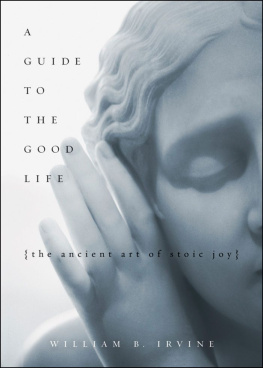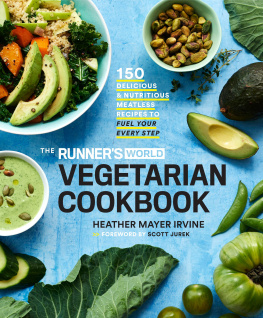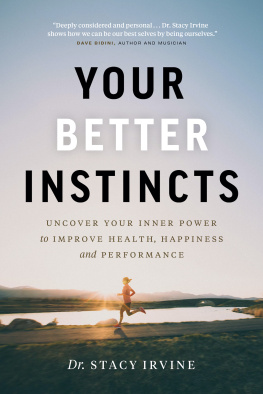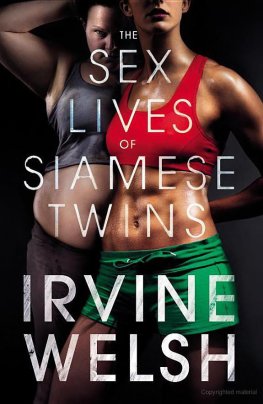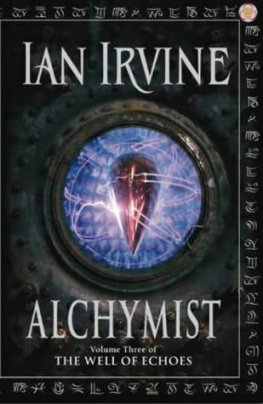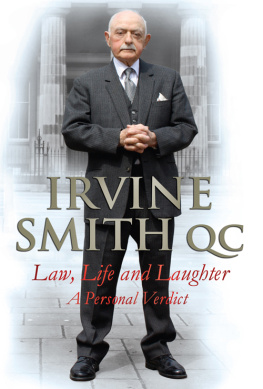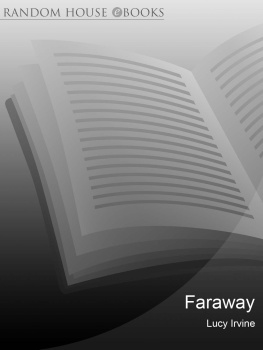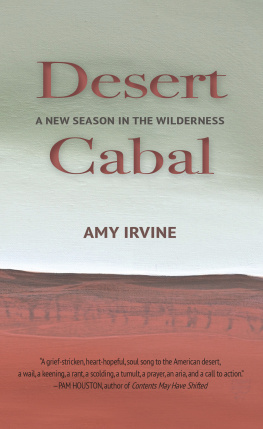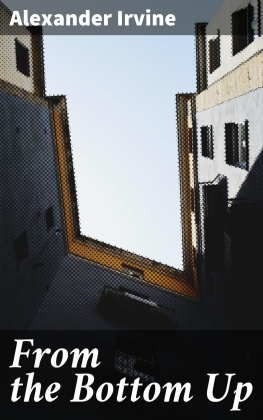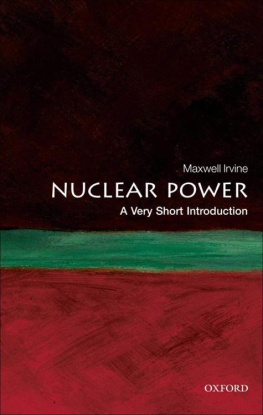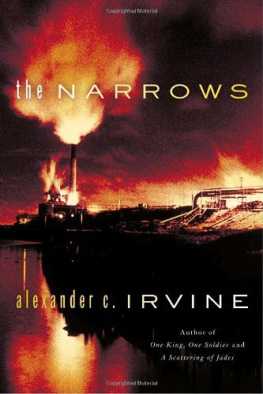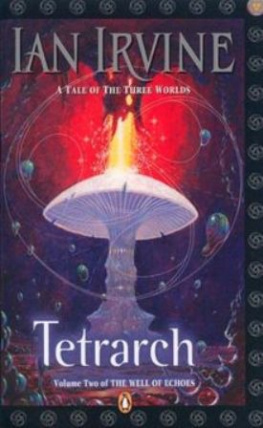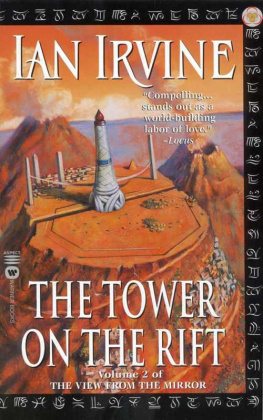About the Author
Lucy Irvine was born on 1 February 1956 in Whitton, Middlesex. She ran away from school very early and had no full-time education after the age of thirteen. She has been employed as a charlady, monkey-keeper, waitress, stonemasons mate, life model, pastry-cook and concierge as well as having worked with disabled people and as a clerk at the Inland Revenue. She is the author of one novel, One is One, as well as Castaway, an account of her early years Runaway, and Faraway, her new book which tells of her year on remote Pigeon Island. She has three sons and lives in the Highlands of Scotland.
About the Book
Writer seeks wife for a year on tropical island.
The opportunity to escape from it all was irresistible. Lucy Irvine answered the advertisement and found herself alone on a remote desert island with a husband she hardly knew.
Lucy Irvine fell in love with the seductive, if cruel, beauty of that untouched Eden, whose power to enslave and enchant her never slackened throughout the whole of her amazing adventure.
Uncompromisingly candid and sometimes shocking, Castaway is her compulsively readable account of a desert island dream which threatened to turn into a nightmare of illness, thirst and personal antipathy.
ACKNOWLEDGEMENTS
There are certain individuals without whom this book would not exist. Principal among them is G.W. Kingsland, to whom, despite and perhaps because of all that happened, I dedicate Castaway.
Others who gave help and encouragement with both venture and book know who they are, and to them I say thank you again. But in my mind there is no doubt to whom I owe the greatest debt of all: the Torres Strait Islanders. Without the Lui family, the Nomoas, the Nonas and the then Chairman and First Lady of Badu, Crossfield (R.I.P.) and Teliai Ahmat, there would not only be no book, but no Lucy and G.
Landings
An infinity of sea and sky bluer and more brilliant than in any dream. Our wake made a white streak across the blue so struck with glittering points of light it smarted the eye. We passed islands to our left and to our right; bottle green bosomy mounds frilled about with white sand rising out of that electric world of blue.
Which one of them was to be our home for the next year? Its name, and the fact that it was situated somewhere in the Torres Strait where the Arafura and Coral Seas meet between the northernmost point of Australia and Papua New Guinea, was all we knew about our island.
We were travelling in an aluminium dinghy, resting low in the water under the weight of the five people and luggage for the two of us who were to be castaway. Our temporary companions were a young female photographer and the two silent Torres Strait Islanders who were manning the boat. G and I were squashed close together but each clamped stiffly in a separate world of anticipation. The sensation of waiting and the vastness of the sea and sky made the passage seem timeless. We skirted the edge of the reef across a long stretch of open water and then the dinghy made a decisive turn and the boy steering pointed ahead.
Tuin, he said simply, the u sound an oo.
The first impression was of a long narrow island with small hills to north and south muffled in dense dark green. Huge boulders, like gigantic molars, stood out in the middle of a wide open bay. There was a long straight beach with light coloured sand. And palm trees. But we were not going to land on this side of the island, the boys had been told to drop us where there was water. We chugged around the northern end, which flared out slightly from the islands length like the knuckle end of a bone. Closer in the hills looked higher, and where the tight vegetation of their slopes ended a jumble of dark rocks began. White spume from the shallow reef splashed the rough shoreline sporadically.
The water became calmer as we moved along the sheltered western side. We were on the edge of another very open bay but here the low tide had exposed a great expanse of smooth sandhills, making it impossible for the boat to take us far in. More palm trees were visible farther along the shore, but it was evident that the boat trip came to an end here in the shallows that washed the bewildering moonscape of sandhills, over which were dotted a few ragged heaps of salt- and sun-bleached rock. For all the distance of our beings G and I commented almost simultaneously: Big, isnt it?
No-one had been able to give any solid information on the dimensions of the island. It had crossed both our minds that we could have been deposited on some minuscule atoll with one palm tree, a pocket-handkerchief of sand and somehow, miraculously, a fresh water spring. Now, with the loss of the fanning breeze as the boat slowed, the intensity of the suns violent heat and brilliance struck us fully, and the distance across the acres of sandhills to where the boys indicated there was water seemed immense. We all climbed out so that the dinghy could be floated in as near dry land as possible.
I noticed how gingerly the Island boys were stepping through the shallows, and wondered which one of the many poisonous sea creatures we had been warned about prompted this caution. Suddenly, one of them leapt several feet in the air and jabbered something in his own language. Following his pointed finger I saw the cause of his alarm. Moving at speed away from a spreading cloud of disturbed sand was a blue stingray with red spots and a long, black, whip-like tail.
Yikes! I squawked.
Ee-agh! exclaimed Jackie, the photographer.
Fuck that for a game of soldiers, from G, and we all, including the Island boys, made hastily for a dry sandhill each. Our noise and the scraping of the dinghy bottom on the sand scared up several more rays, which shot away as though by jet propulsion.
The boys helped us balance suitcases, typewriter, kitbag and boxes on the temporary safety of a rock, then we exchanged a shy, rather formal farewell, and they were gone. We stood for a moment beside our belongings. The dazzle of the sea made us lower our eyes after watching the boat go. Then we turned our attention inland and took in the long, utterly exposed trudge that lay between us and the nearest shade. G and I gathered up a load each and Jackie gamely lugged her tripod and camera cases. The heat seemed to bounce up at us off the sandhills, a breathless, blasting heat that dried the mouth and made distances waver before the eyes.
At the top of the beach a tall bony tree, its grey-green foliage pushed forward in a scruffy cowlick, grew out of the sandy bank of a long gully. The creek bed in the bottom was almost dry, but further up there were two tiny pools of water, each about the size of a washing-up bowl, and a third which was larger though very shallow and ringed about with ridges of sandy debris where it had evidently shrunk recently. A finger dipped in each confirmed that they were all sweet, a thin trickle from one into the other indicating that they filled themselves by slow seepage from inland.
G and Jackie lay recuperating under the scant shade of the tree. A tender vine of convolvulus, partially crushed by Gs legs, trailed over the sandy bank. Sensibly, G was wearing a straw Queenslander Anti-Skin-Cancer hat. We had each been given one in Brisbane by well-meaning friends. Embarrassed by its carnival joviality at a difficult time when the prospect of ever actually getting to our island was looking more and more remote, I confess that I had purposely sat on mine and then surreptitiously lost it. Now, as I walked out into the sun again to fetch the next load off the rock, I tied a scarf over my head, banding it tightly to prevent sweat from my hair sliding into my eyes.


